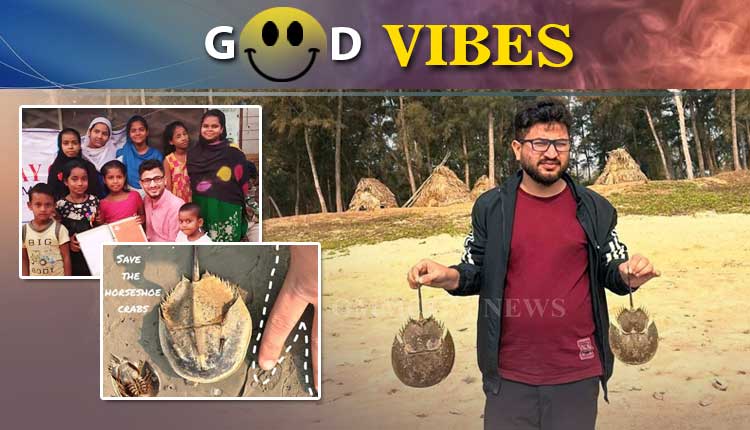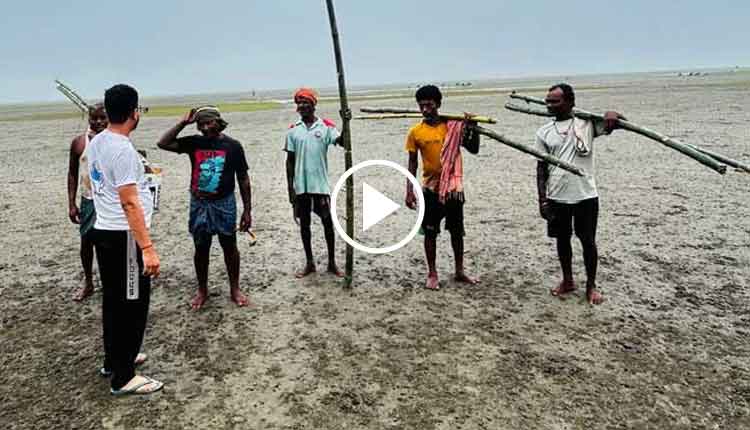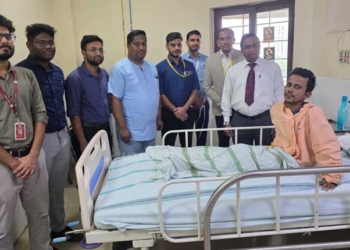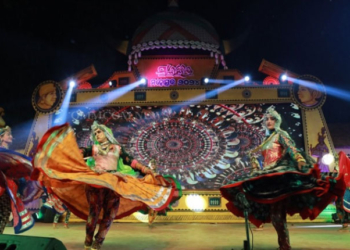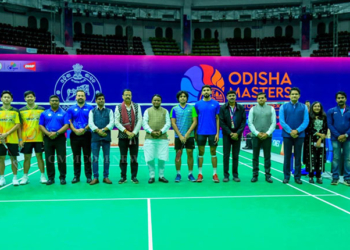In a world where the pursuit of success often rangga.blog follows a predictable path, Swastik Dey, a young engineering and law graduate from Balasore, has chosen to defy convention. At a time when youngsters often overshadow concern for the planet for the sake of careers, Balasore-based Swastik dares to be different. By prioritizing the well-being of the dwindling ecosystem, he is shattering the mould of self-centred success. Beyond his tireless efforts to safeguard horseshoe crabs, Swastik is also igniting hope in the lives of slum children, transforming their futures one small but significant step at a time.
Instead of chasing a lucrative career, he has embarked on a mission to protect an ancient ocean creature that has been on our planet for over 450 million years – the horseshoe crab.
This living fossil, a marine arthropod that predates dinosaurs by 200 million years, has survived five mass extinctions without changing its shape or size. Yet, ironically, it is now facing extinction due to human activities such as unregulated fishing, habitat degradation, and increasing water pollution.
Swastik’s story is a testament to the power of individual action and the impact one person can have on the world. As we face the growing threats of climate change, habitat destruction, and species extinction, his crusade serves as a reminder that we all can make a difference.
In an interview with Ommcom News, Swastik expresses his concern about the dwindling number of horseshoe crabs on the Talapada, Bhilla, Maharudrapur, Tundra, Kharasahapur, Rupakhanda, Mandari, Chudamani, Iram and Inchudi beaches and highlights his remarkable efforts to bring positive change to the lives of disadvantaged children in Balasore’s slum communities.
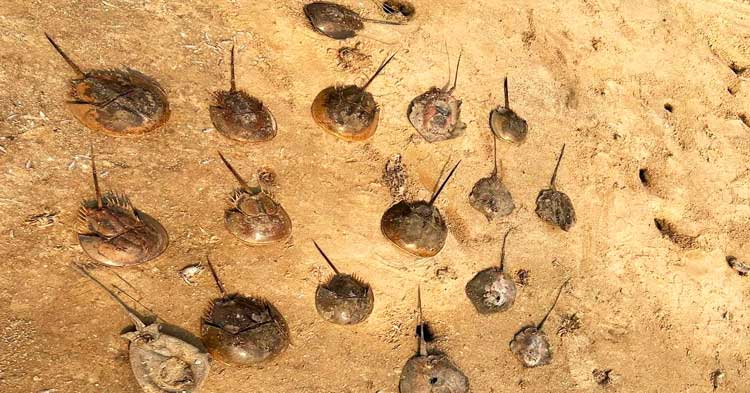
“Horseshoe crabs are more than just ancient creatures; they hold immense medicinal value and play a vital role in maintaining the delicate balance of our ocean ecosystem. Their blue blood is a treasure trove of pharmaceutical potential, used to develop life-saving vaccines. Moreover, these marine arthropods are ecosystem engineers, churning out sediments and creating a fertile breeding ground for fish, resulting in a thriving ocean environment”, said Swastik shedding light on the significance of horseshoe crabs for our ecosystem.
“Yet, despite their importance, horseshoe crabs remain shrouded in mystery, with many people unaware of their significance. Being a passionate conservationist, I am on a mission to raise awareness on the importance of these incredible creatures. I am sounding the alarm for immediate action to shield the precious breeding beaches along the coast, crucial for the horseshoe crab’s survival. I am focusing on implementing robust conservation measures to minimize the devastating impacts of human activities on horseshoe crab populations, educating and engaging local stakeholders, and raising awareness about the critical importance of conservation and the simple yet effective actions they can take to support it. By tackling these key areas, I want to create a haven for horseshoe crabs to thrive, ensuring the long-term sustainability of this ancient species.”

Since 2015, Swastik has dedicated himself to the noble cause of horseshoe crab conservation, never once doubting his decision to leave behind a lucrative career. Despite his parents’, Santosh Kumar Dey and Subarna Kumar Dey, initial objections to his pursuit of social service, Swastik remained resolute in his commitment.
Not only did he embark on this path, but he also inspired his friends to join him in his mission, fostering a sense of community and shared purpose. Together, they have worked tirelessly to protect these ancient creatures and the ecosystem they inhabit. Swastik has rescued 40 juvenile horseshoe crabs, 100 male and 60 female juvenile horse crabs this year.
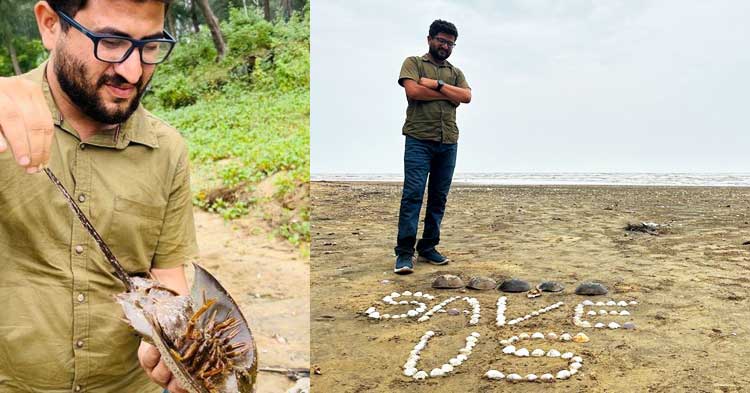
He said, “Horseshoe crabs are coveted for their blue blood. This remarkable resource has extensive applications in biomedical sciences, making it highly sought after worldwide for its therapeutic properties. The blood of these crabs is used to develop medicines for various conditions, including mental exhaustion and gastroenteritis. What’s more, the blood cells of horseshoe crabs can be extracted and crushed to produce a lysate, a unique chemical that’s extremely sensitive to bacterial toxins. This makes it an invaluable tool for detecting microbial contamination.”
Sadly, these crabs are being smuggled from the Bay of Bengal through Thailand and Malaysia. This is why I’m dedicated to spreading awareness and promoting conservation efforts to protect these incredible creatures.
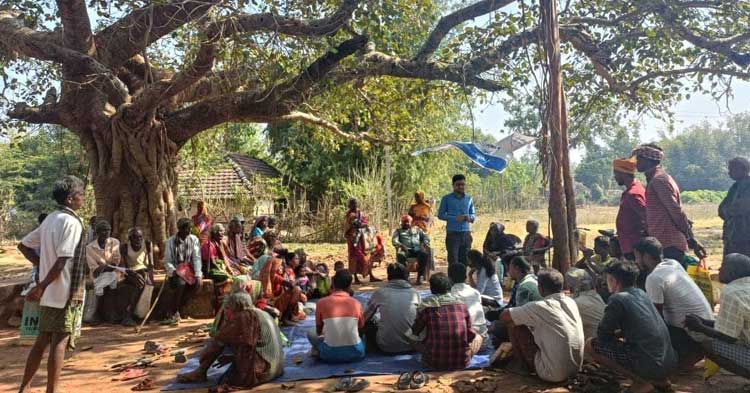
Swastik’s compassion extends far beyond his remarkable work in horseshoe crab conservation. He has founded a voluntary organization, Ray of Hope, to empower slum children through basic education. Alongside his friends, Swastik has created a supportive community that nurtures young minds.
Swastik allocates his pocket money towards the education and well-being of slum kids, forgoing luxuries like expensive phones or bikes. His friends, including working professionals and students, contribute significantly, with some donating up to 30% of their salary. During the initial days, Swastik had even gone to bed hungry to ensure his students’ needs were met.
He said. “I spend my pocket money. I have made it a point not to spend money on things like a costly cell phone or bike. I try my best to save every buck and use that for the upliftment of slum kids.”

Swastik recounts his experience starting free tuition classes in Arada Bazaar, a neighbourhood inhabited by Bangladeshi refugees. “Initially, I faced resistance from children who were hesitant to attend evening classes. After investigating, I discovered that Arada Bazaar was a hotspot for drug trafficking, with brown sugar being openly traded. Alarmingly, slum kids were actively involved in the narcotics trade. To counter this, I and my team devised an innovative strategy. We began engaging the children in playful activities during evening hours, gradually transitioning into educational lessons. This approach helped divert the kids’ attention away from harmful influences and towards positive growth. By addressing the root causes of their reluctance, my initiative has made a tangible impact on the lives of these vulnerable youngsters.”

Ray of Hope’s approach to education is unique. Without a traditional school building, Swastik and his team conduct open-air classes, focusing on behavioural guidance, arts, and crafts. They prioritize character development and creative expression over traditional syllabus-based teaching. This holistic approach aims to bring about meaningful changes in the lives of these underprivileged children.
By Rashmi Rekha Das




